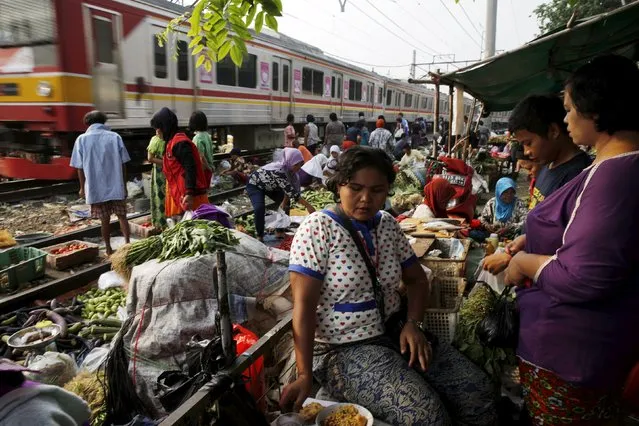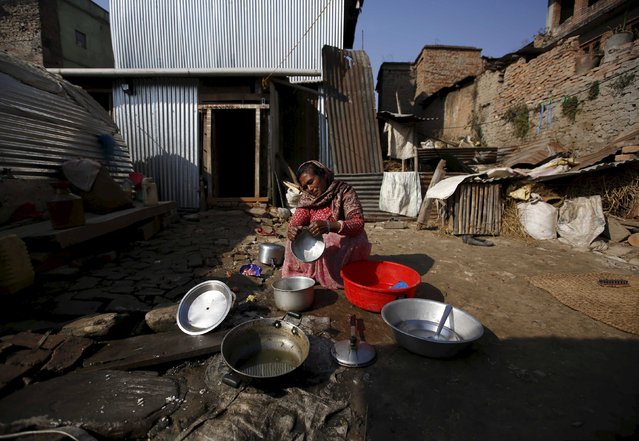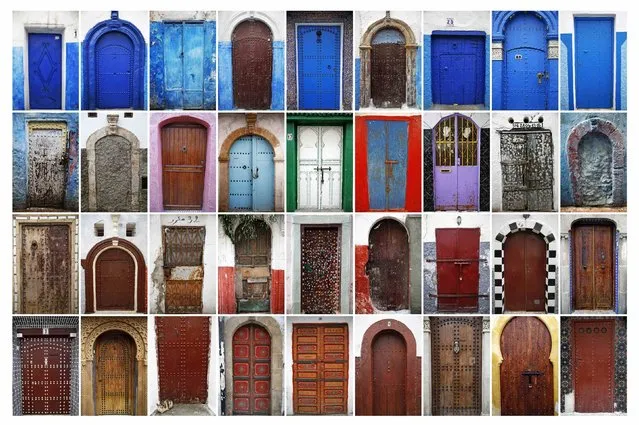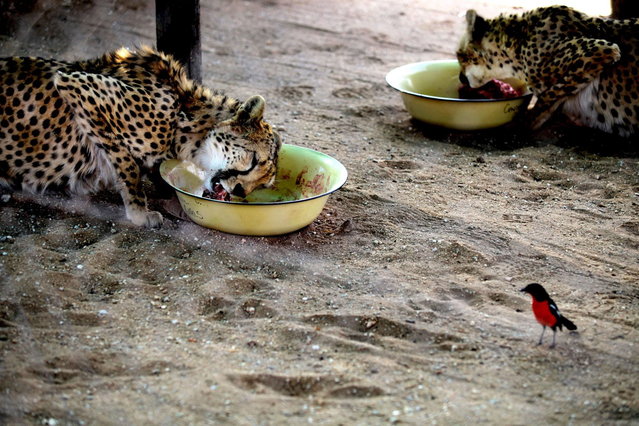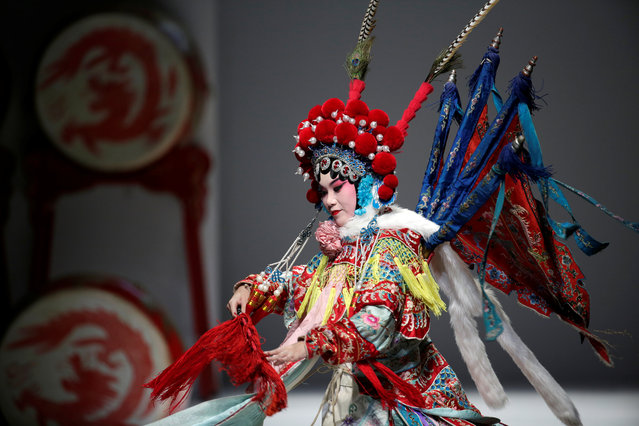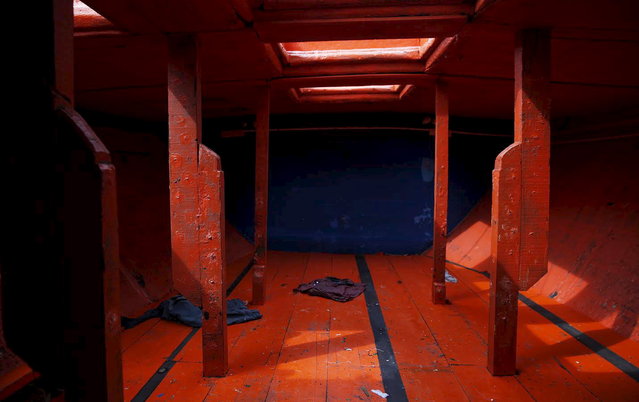
The hull on a boat that carried Rohingya migrants for three months is seen at Langkawi island, in the Malaysia's northern state of Kedah, Malaysia, May 12, 2015. Thailand and Malaysia may set up camps and detention centers to shelter hundreds of refugees arriving on their shores, officials said on Tuesday, as a leading inter-governmental agency said about 7,000 boat people were still adrift in the Bay of Bengal. (Photo by Olivia Harris/Reuters)
13 May 2015 11:25:00,post received
0 comments

